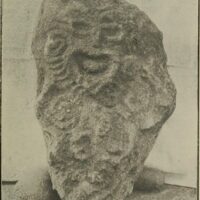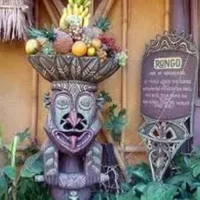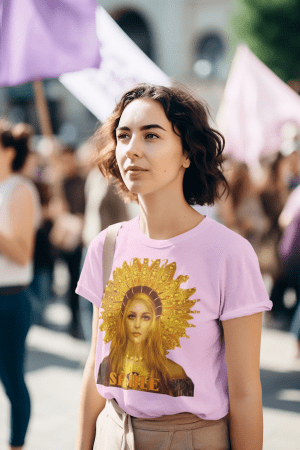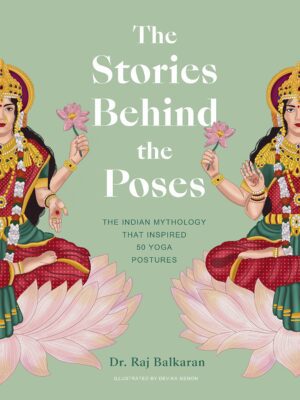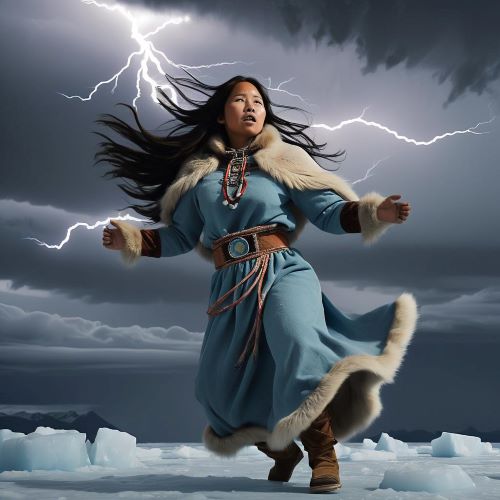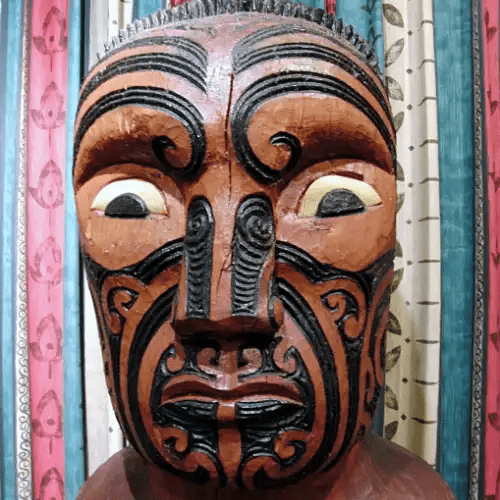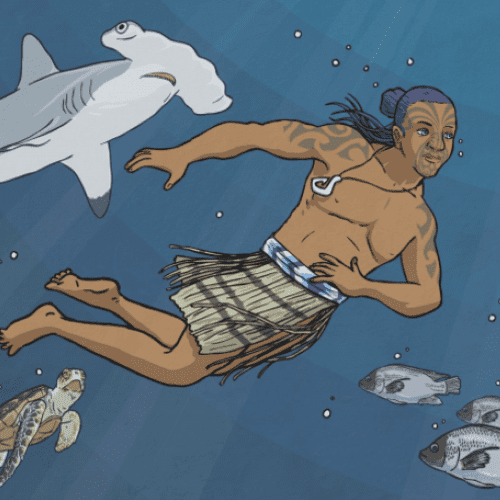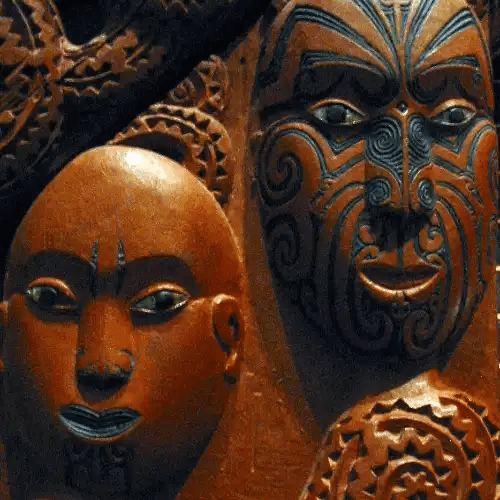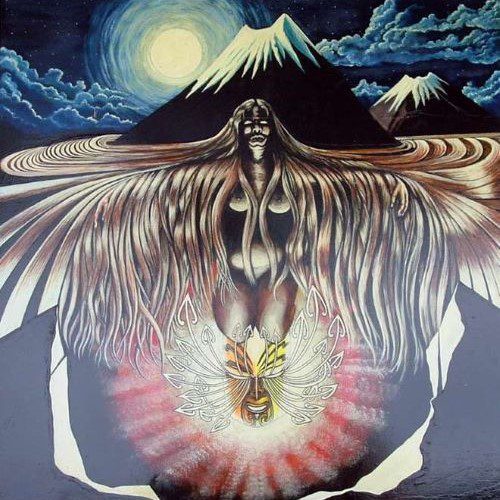Rongo : God of Cultivation
Listen
At a glance
| Description | |
|---|---|
| Origin | Maori Mythology |
| Classification | Gods |
| Family Members | Rangi (Father), Papa (Mother), Rehua, Urutengangana, Haumia, Tāne, Tangaroa, Tāwhirimātea, Tū, and Rūaumoko (Siblings) |
| Region | New Zealand |
| Associated With | Cultivated Plants, Peacemaking, Hospitality |
Rongo
Introduction
Rongo, known also as Rongo-mā-Tāne, holds a significant role in Maori mythology as a major deity. He is revered specifically as the god overseeing cultivated plants, with a particular focus on the kumara, a crop of immense importance. His influence, however, reaches beyond agriculture, touching various aspects of Maori life, including fostering hospitality, generosity, and all forms of courtesy. As a cornerstone deity in Maori mythology, Rongo embodies the prosperity and peace derived from the land. He is not only associated with the cultivation of plants, especially the life-sustaining kūmara (sweet potato), but also serves as a symbol of peacemaking, hospitality, and the fundamental interconnectedness of humanity.
Physical Traits
In Maori mythology, descriptions of Rongo’s physical appearance are not explicit. As a deity, he is often symbolized through representations of the elements he governs, particularly the kumara plant, which holds great significance. Depictions of Rongo typically convey a sense of tranquility and abundance, reflecting his domains. Artists often portray him with a serene countenance, adorned with intricate tattoos that signify the cultural importance of moko among the Maori people. Rongo’s aura suggests fertility and growth, symbolizing the abundant harvests that sustain his worshippers.
Unlike deities in some other cultures, Rongo lacks a singular, universally accepted physical form in Maori art. Traditionally, Maori artistic expressions focus on capturing the essence rather than the literal representation of beings. However, some interpretations depict Rongo as a benevolent, mature figure adorned with leaves and vines, symbolizing his connection to cultivated plants. Alternatively, his presence might be evoked through natural phenomena such as the gentle sway of crops in the breeze or the vibrant colors of a flourishing harvest.
Family
Rongo’s familial background is rich and varied across different Maori tribes and traditions. Depending on the specific tribe’s mythology, his parentage differs: he may be the child of Rangi and Papa in Arawa tribes, Vatea and Papa in southern Cook Islands, or Tāne in the Ngāti Awa tribe. His siblings encompass a diverse array of revered figures, including Rehua, Urutengangana, Haumia, Tāne, Tangaroa, Tāwhirimātea, Tū, and Rūaumoko. Among his consorts are Te-po-tatango and Tavake, while his offspring include Tavake, Rangi, Mokoiro, and Akatauira, as noted in Mangaia tradition.
Rongo holds a prominent place within the Maori pantheon as one of the offspring of the primordial parents, Rangi (the sky father) and Papa (the earth mother). This familial connection underscores his integral role in maintaining the natural order, overseeing the cultivation of the land, and ensuring the nourishment of its inhabitants.
Various Maori narratives present different accounts of Rongo’s lineage. In some traditions, he is depicted as the son of Tāne, the god of forests and humanity. Ngāti Awa traditions, on the other hand, portray him as both the father of the kūmara and the descendant of Tāne. Another version of his lineage portrays him as the twin brother of Tangaroa, the god of the sea. These diverse narratives emphasize Rongo’s interconnectedness with various aspects of the natural world, highlighting humanity’s dependence on both land and sea for sustenance.
Other names
Rongo’s identity encompasses a multitude of names and epithets across diverse Maori regions and tribes, illustrating the depth of his significance. For instance, Rongo-marae-roa underscores his association with sacred meeting grounds, while Rongo-marae-nui highlights his role in fostering community unity. These varied appellations mirror the multifaceted nature of Rongo’s influence and the array of interpretations surrounding his significance among different Maori groups.
His diverse names reflect his multifaceted nature and various roles within Maori mythology. For instance, Rongo-mā-Tāne signifies his connection to the forest god Tāne, while Rongo-hīrea emphasizes his role as a promoter of peace and harmony. Rongo-marae-roa, linking him to communal spaces where peacemaking rituals occur, and Rongo-marae-roa-a-Rangi, connecting him to the celestial realm through Ranginui, the sky father, further illustrate the depth of his associations. These alternate names, including Rongo-hīrea, Rongo-marae-roa, and Rongo-marae-roa-a-Rangi, highlight his diverse roles and the reverence with which he is regarded in Maori culture.
Powers and Abilities
Rongo’s dominion over cultivated plants stands as his primary power, with a particular focus on the growth and abundance of crops, notably the kūmara. Through rituals and karakia (incantations), the Maori sought to appease Rongo, ensuring a plentiful harvest by offering first fruits as gestures of gratitude and to secure continued prosperity.
Beyond agriculture, Rongo’s influence extends to promoting peace and harmony within Maori society. Invoked during ceremonies of reconciliation, his peaceful nature serves as a guiding force in resolving conflicts and restoring social order. Moreover, Rongo is closely associated with hospitality (manaakitanga), a cornerstone of Maori culture, fostering generosity and nurturing a sense of community among his worshippers.
As the god of cultivated plants, Rongo wields immense power over agriculture, responsible for ensuring the flourishing and abundant production of crops. Presiding over ceremonies of pacification, he safeguards the harmony and well-being of the people, especially during times of war when Maori communities call upon him, alongside other deities, to secure success and the land’s fertility. Rongo’s formidable abilities enable him to nurture and sustain life by commanding the forces of nature to ensure fertile soil, abundant crops, and prosperity for those who honor him through ritual and reverence.
Modern Day Influence
Though traditional worship of Rongo has diminished in modern times, his influence persists across various facets of Maori culture. The reverence for land and cultivation remains a fundamental aspect of Maori identity, with numerous communities preserving ancient practices associated with Rongo’s domain. Additionally, the principles of peace and cooperation embodied by Rongo continue to resonate within contemporary Maori society, guiding principles for fostering social cohesion and mutual respect.
In modern contexts, Rongo’s influence is still evident. Legends recounting Rongo’s invention of kite flying are shared, as seen in Walt Disney’s Enchanted Tiki Room, where Rongo’s character is voiced by Ernest Tavares. Moreover, Rongo’s association with the kumara plant, symbolizing peace in Ngati-Awa traditions, maintains significance. Kūmara remains a vital food source and a cherished symbol of Maori culture, with traditional practices of honoring Rongo through offerings and karakia still observed in some communities.
Beyond agriculture, the concept of Rongo-marae-roa, signifying the enduring role of marae as spaces for peace and social connection, continues to hold importance. Additionally, manaakitanga, hospitality, remains a core value in Maori society, reflected in contemporary businesses and organizations incorporating Rongo’s values into their practices, emphasizing sustainable agriculture, community well-being, and peaceful interaction. The usage of Rongo’s name in schools and community centers further underscores his ongoing significance in promoting harmony and social cohesion within Maori communities.
Related Images
Newest addition
Frequently Asked Questions
What is lorem Ipsum?
I am text block. Click edit button to change this text. Lorem ipsum dolor sit amet, consectetur adipiscing elit. Ut elit tellus, luctus nec ullamcorper mattis, pulvinar dapibus leo.
What is lorem Ipsum?
I am text block. Click edit button to change this text. Lorem ipsum dolor sit amet, consectetur adipiscing elit. Ut elit tellus, luctus nec ullamcorper mattis, pulvinar dapibus leo.
What is lorem Ipsum?
I am text block. Click edit button to change this text. Lorem ipsum dolor sit amet, consectetur adipiscing elit. Ut elit tellus, luctus nec ullamcorper mattis, pulvinar dapibus leo.
What is lorem Ipsum?
I am text block. Click edit button to change this text. Lorem ipsum dolor sit amet, consectetur adipiscing elit. Ut elit tellus, luctus nec ullamcorper mattis, pulvinar dapibus leo.
What is lorem Ipsum?
I am text block. Click edit button to change this text. Lorem ipsum dolor sit amet, consectetur adipiscing elit. Ut elit tellus, luctus nec ullamcorper mattis, pulvinar dapibus leo.



